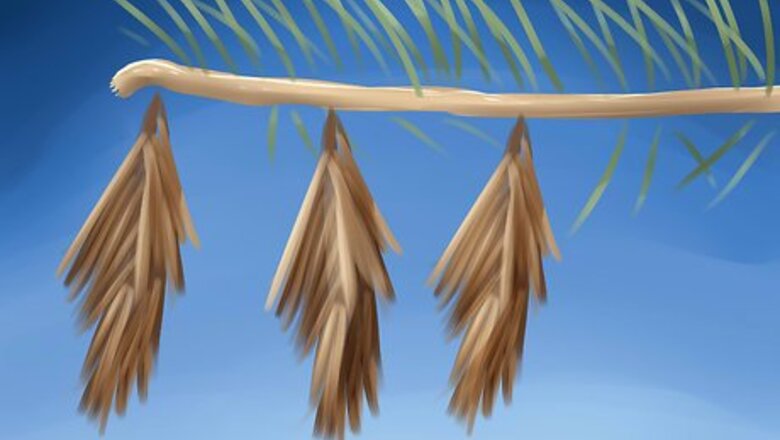
views
Observing Bagworms
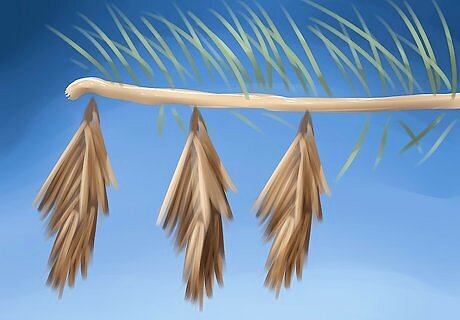
Begin looking for bagworms during the winter or early spring. Bagworm egg sacks are brown and one and a half to two inches (3.8 to 5 cm) long. They are covered with dead needles, so they appear more noticeable in contrast to the green deciduous needles at this time. Bagworm sacks can be very hard to find because they look like pine cones. Look through your pinecones to find variations that may be bagworms.
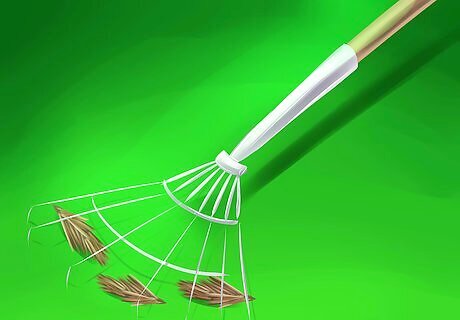
Sweep and rake under trees regularly to get rid of fallen egg sacks. Don't put the debris in the compost, where the larvae can live. Place them in sealed plastic bags in your trashcan.
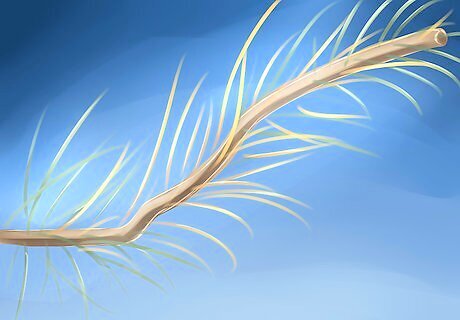
Notice areas of dead pine needles or branches. If your tree has begun to turn brown, the bagworms might have killed it already. You will want to try a last effort to rid your entire garden of the worms, so that they don't spread to other trees.
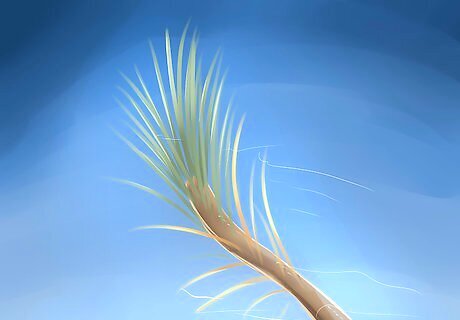
Observe new places the bagworms may live. Their silks are transported by the wind. Anywhere the wind blows in your yard is a potential new spot for the moths and a great place to look.
Killing Bagworm Eggs
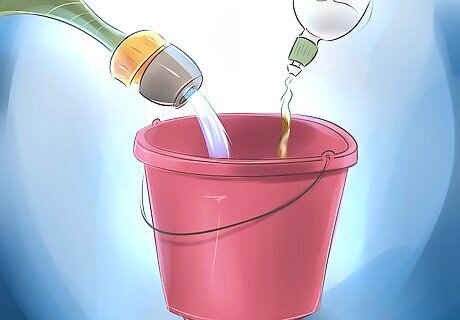
Fill a plastic bucket with a mixture of warm water and dish soap. Mix it well.
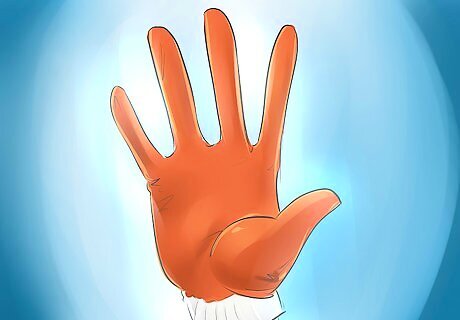
Put on garden gloves and bring a small pair of clippers to aid you in removing the bagworms entirely. Clippers will remove all traces of the bagworm threads, so that it's harder for new bagworms to find their way into the tree.
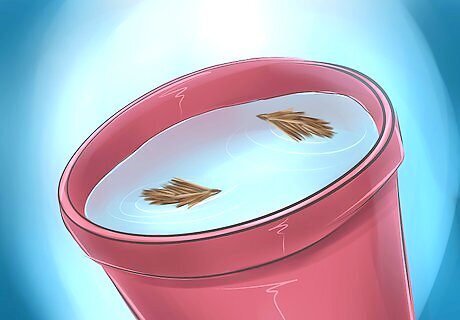
Lift branches, clip off bagworm egg sacks and drop them into the bucket of soapy water. Make sure they are submerged fully.
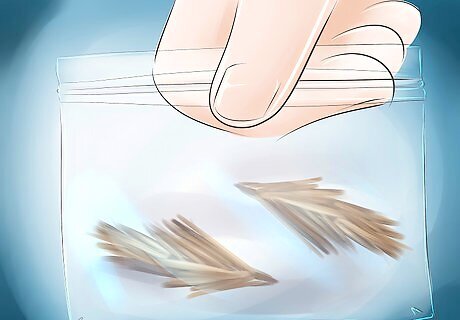
Dump the soaked bagworms into a sealed plastic sack and throw them in your dumpster.

Repeat this procedure every fall, winter and early spring to reduce bagworm populations before the eggs hatch. You will reduce the amount of pesticide you need to use if you do a thorough job of handpicking the egg sacks.
Killing Hatched Bagworms
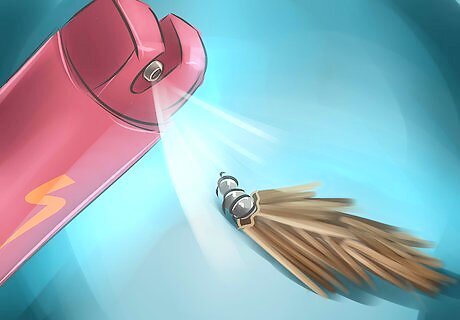
Plan to treat bagworms with insecticide in May. This is when they hatch and are at their most vulnerable. In some areas they hatch in early June.
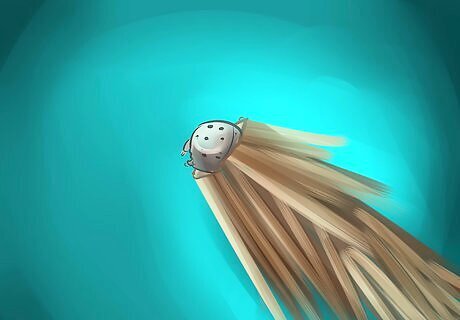
Look for a small, worm-like head poking out of the top of the sack. However, they often get spooked back into their sack if they are startled.
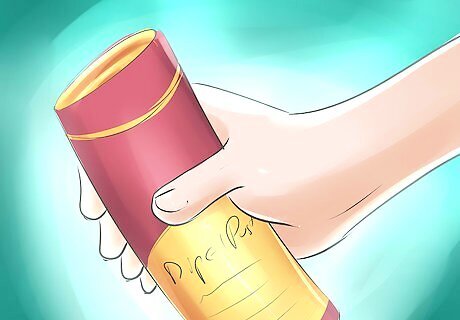
Purchase an insecticide such as Dipel or Thuricide. They contain bacillus thuringiensis, a bacteria that is deadly to young bagworms. If you have many trees affected by bagworms, it can be expensive to thoroughly kill the bagworms with insecticide. Orthene, Talstar and Tempo are other insecticides that have been effective in killing newly-hatched bagworms.
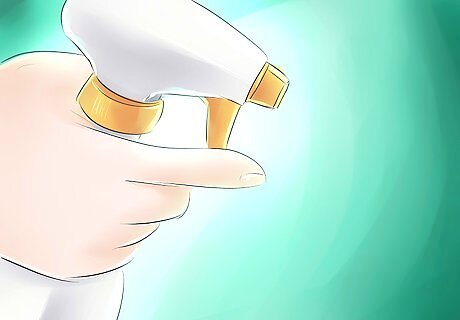
Put the insecticide in a sprayer. Thoroughly wet the leaves and needles of the trees that can be affected. Beware when spraying insecticide around pets and small children. Consider cordoning off the area just after you spray.

Spray insecticide in late May, June and early July. This is when it can kill young larvae. Stop by late July and August when the bagworms are resilient and the insecticide no longer works. Once September and early October begin, the adult bagworms begin fertilizing their eggs. You should begin the process of handpicking the egg sacks at this time. Adult male bagworms are moths with black wings and brown spots. They die after fertilization. Female bagworms remain inside the sack in their larval state.


















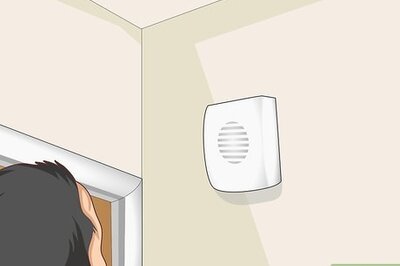

Comments
0 comment